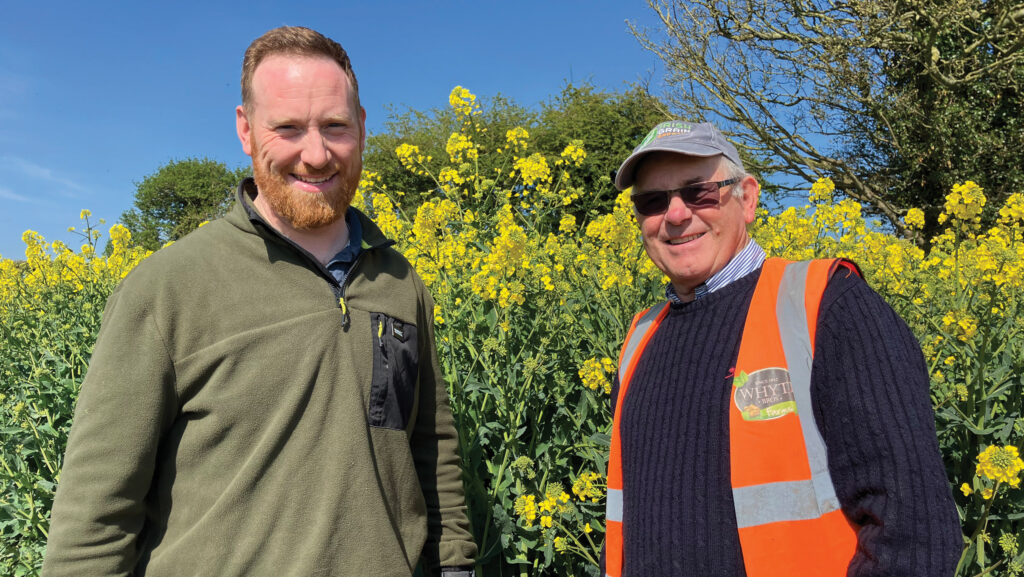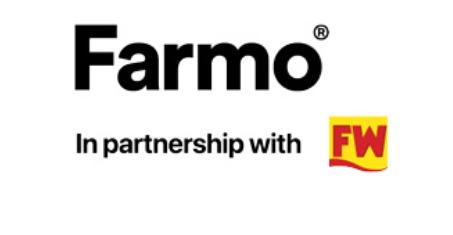Farmer Focus: Crops look good, but profitability a concern
 Peadar Whyte (left) with his uncle Ollie © MAG/Emma Gillbard
Peadar Whyte (left) with his uncle Ollie © MAG/Emma Gillbard I farm in the north of County Dublin and surrounding areas on a large family farm with seven brothers and their seven sons all working together in one shared business.
We work together on mostly shared land, with shared machinery inputs and infrastructure. Land is partly owned, partly leased and partly share-farmed.
Last year was disastrous for us, the worst in my farming career, due to horrendously wet weather from July 2023 to April 2024.
Thankfully, last autumn was ideal for getting crops in the ground on our mainly winter cropping farm. We had warm, agreeable weather during winter and spring, which really helped.
We just had enough breaks in May and June where we got plenty of rain at the right times so crops could fulfil their potential.
See also: What bioacoustics means for on-farm habitats and biodiversity
Potatoes got rainfall at tuber initiation, which helps improve skin quality and yield, and winter cereals got enough rain to keep feeding them throughout the year.
All in all it’s been a really good season for growth, and crops are two weeks ahead of normal.
The downside to all of this is that it’s worrying to have such good crops, yet have major profitability concerns due to prices being on the floor and costs spiralling.
As we are getting ready for harvest we are thinking about variety selections for next year, and we are seeing that despite having perfect spray conditions there is still a bit too much septoria in crops.
We are on the hunt for new, cleaner varieties of winter wheat, which have been a long time coming since the Cougar gene failure.
We have had an over-reliance on Graham, Champion and Dawsum, which are not holding out against septoria or rust very well.
We have trialled some new varieties such as Hexton, Cubic and Fitzroy which look good, but we will have to see the results from the combine.
We have also tried mixing multiple varieties in one field, which has shown some promise in disease resilience.
Winter barley looks set to harvest very soon, with oats and oilseed rape to follow closely.
This kicks off the mad season of harvesting and drying grain, while baling and gathering straw, sowing OSR and cover crops, integrating organic manures and preparing land for next year’s crops, as well as digging potatoes.
I look forward to updating you on harvest progress next time.


